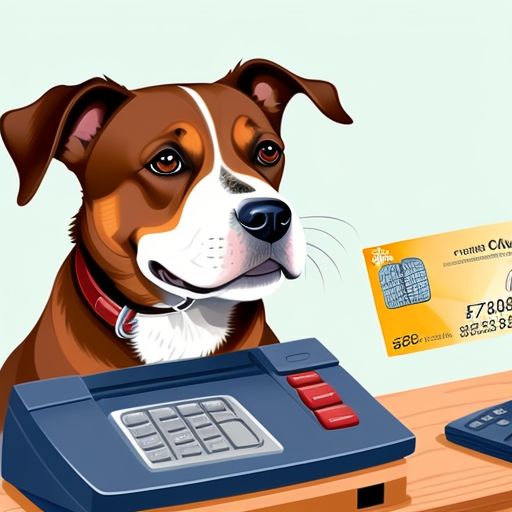Bringing your furry friend to the United States can be an exciting but potentially costly endeavor. Whether you’re relocating or just visiting, understanding the expenses involved in dog importation is crucial for proper planning. Let’s dive into the costs associated with bringing dogs from low-risk and high-risk countries, as well as some money-saving tips.
Please note that these are all estimates, and the costs will vary depending on the local cost of veterinarian services, airline, entry point, and more.
Costs for Dogs from Low-Risk Countries
Importing a dog from a low-risk country is generally less expensive and involves fewer requirements. Here’s what you need to know:
- CDC Dog Import Form: This is free of charge and can be completed on the day of travel.
- Microchipping: Costs vary but typically range from $25 to $50.
- Rabies Vaccination: Usually around $15 to $100 at a regular veterinary clinic.
- Airline Fees: For in-cabin travel, expect to pay $275 to $300 for small dogs and between $200 to $400 for larger dogs as excess baggage.
Not sure which airlines have the best prices? We researched over 100 airlines to compare their restrictions and fees.
Expenses for Dogs from High-Risk Countries
Bringing a dog from a high-risk country involves more stringent requirements and higher costs:
- CDC Dog Import Permit: While the permit itself is free, associated costs can be significant.
- Rabies Titer Test: This can cost $150 to $300.
- CDC-Approved Veterinary Inspection: Prices vary significantly but can easily be $1,000 or more.
- Quarantine Fees: If required, it can cost $3,000 or more, depending on the length of the quarantine.
- Airline Cargo Fees: For larger dogs or those not allowed in-cabin, expect to pay $1,000 or more.
Additional Costs to Consider
- Travel Crate: $50 for small dogs, up to $300-$400 for large breeds5.
- Document Translation: Costs vary by country and language.
- Pet Relocation Services: Can range from $2,000 to $6,000 for international moves.
Want to save some money immediately? Our services may save you thousands in inspection, quarantine, and airline fees.
Money-Saving Tips
- Plan Ahead: Book pet travel arrangements early to secure better rates.
- Choose Direct Flights: This reduces stress on your pet and potential additional fees.
- Rent a Travel Crate: Consider renting an IATA-approved crate instead of buying.
- DIY Where Possible: Handle paperwork and vaccinations yourself when feasible.
Conclusion
Importing a dog into the United States can range from a few hundred dollars to several thousand, depending on the country of origin and specific circumstances. Understanding these costs and planning accordingly can make the process smoother and potentially less expensive. Remember, while costs are substantial, ensuring your dog’s health and complying with regulations should be your top priorities.





